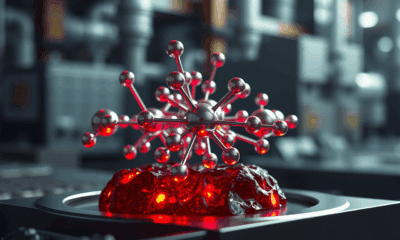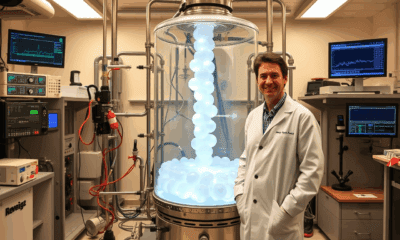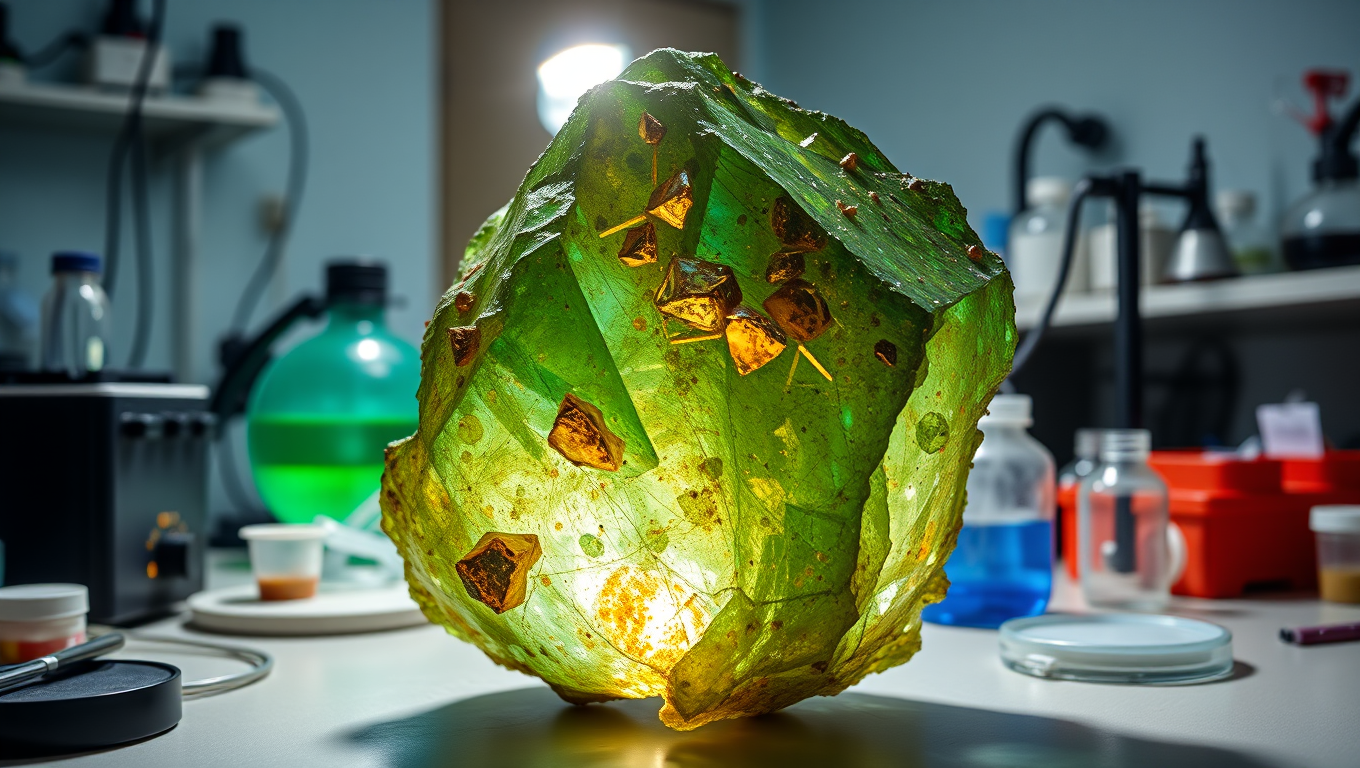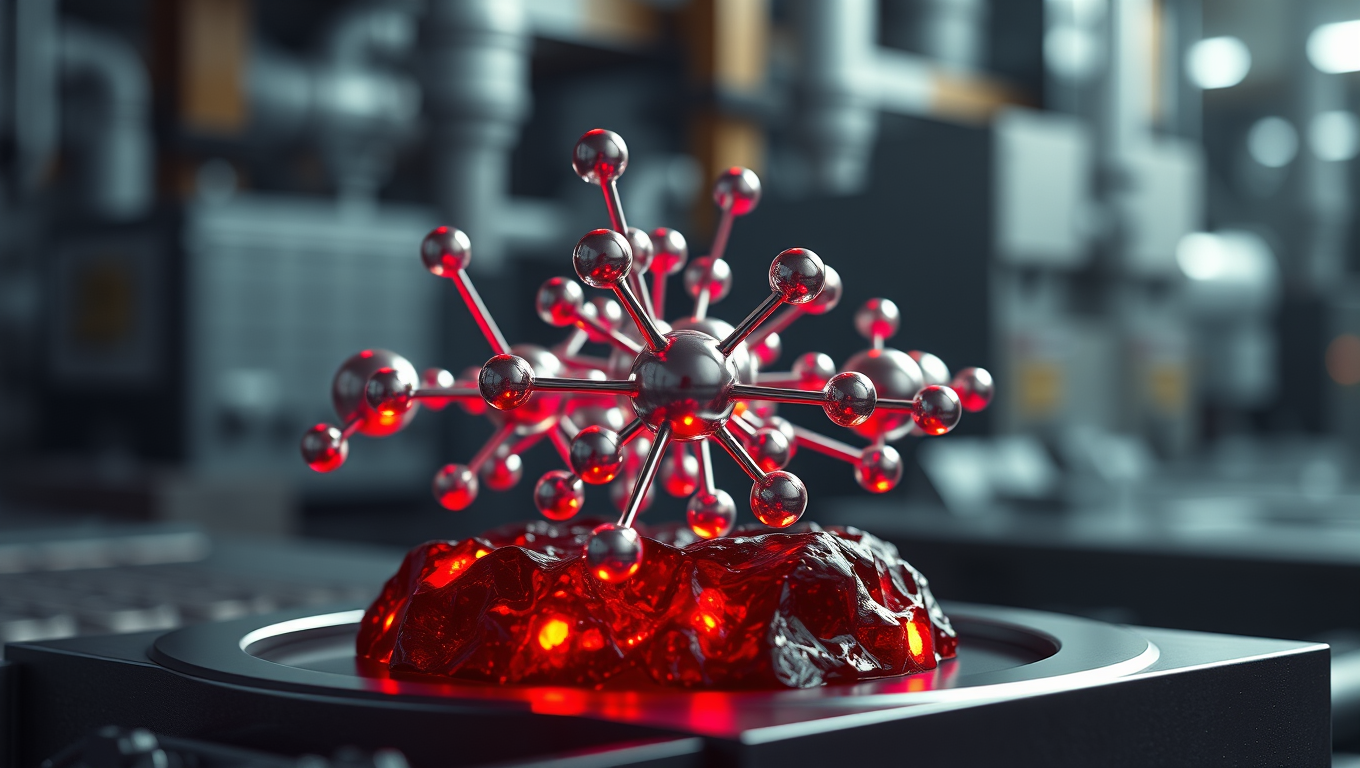While we try to keep things accurate, this content is part of an ongoing experiment and may not always be reliable.
Please double-check important details — we’re not responsible for how the information is used.
Chemistry
Breaking Down Redox Reactions: Unraveling the Secrets of Proton-Coupled Electron Transfer with High Pressure
Chemists reveal method for differentiating PCET mechanisms — a key step for steering fundamental energy conversion and redox catalysis processes.
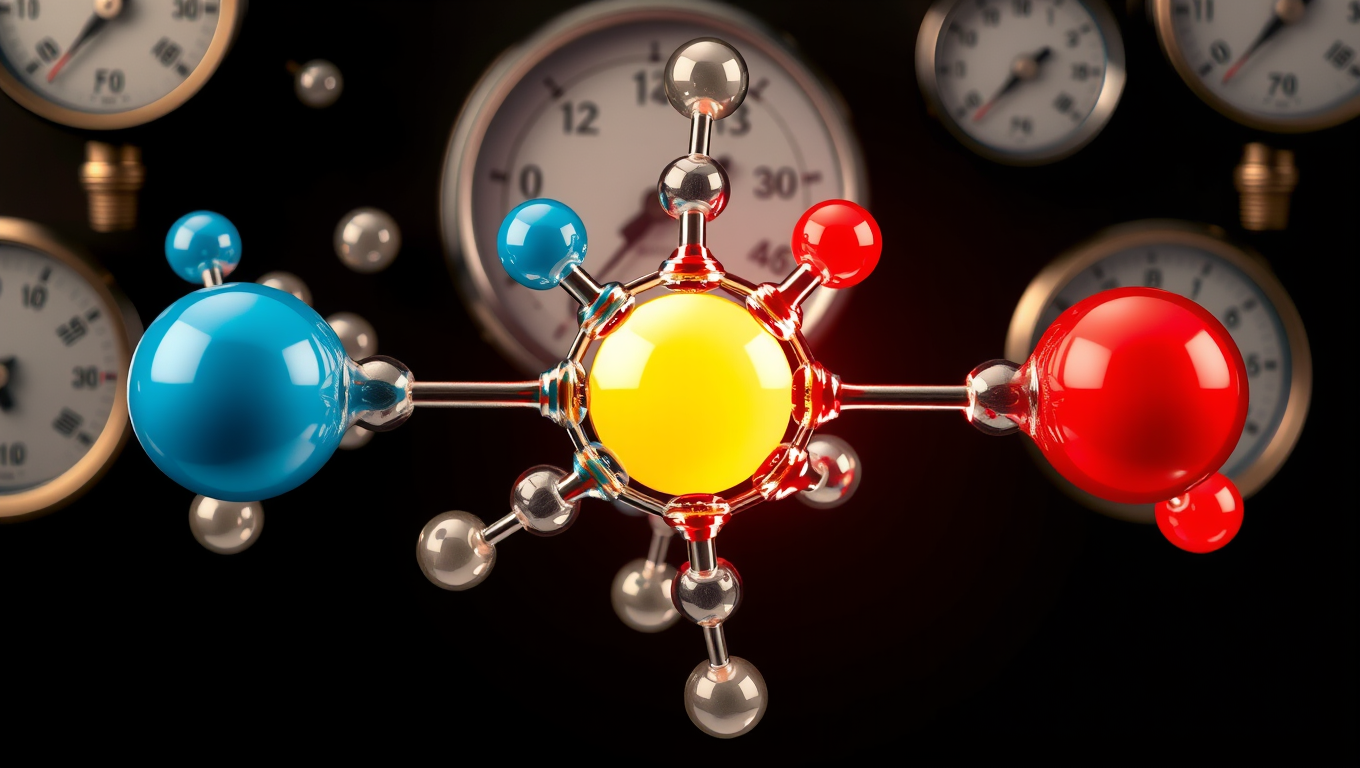
Chemistry
Defying Physics: Atacamite’s Rare Magnetic Cooling Property
Deep in Chile’s Atacama Desert, scientists studied a green crystal called atacamite—and discovered it can cool itself dramatically when placed in a magnetic field. Unlike a regular fridge, this effect doesn’t rely on gases or compressors. Instead, it’s tied to the crystal’s unusual inner structure, where tiny magnetic forces get tangled in a kind of “frustration.” When those tangled forces are disrupted by magnetism, the crystal suddenly drops in temperature. It’s a strange, natural trick that could someday help us build greener, more efficient ways to cool things.
Chemistry
Mapping Platinum Atoms for a Greener Future in Catalysis
A precious metal used everywhere from car exhaust systems to fuel cells, platinum is an incredibly efficient catalyst—but it’s costly and carbon-intensive. Now, a serendipitous collaboration between scientists at ETH Zurich and other European institutions has opened a new frontier in understanding and optimizing platinum-based catalysts at the atomic level.
Chemistry
Revolutionizing Magnetic Field Technology: A Breakthrough Design for MRI and Magnetic Levitation
Two German physicists have reimagined how to create powerful and uniform magnetic fields using compact permanent magnets. By overcoming the limitations of the well-known Halbach array, which works only with infinitely long magnets, they engineered innovative 3D magnet arrangements that work in practical, finite-size setups. Their designs not only boost field strength but also enhance homogeneity, verified through real-world experiments. This game-changing advancement could help bring affordable MRI technology to underserved regions and power applications like particle accelerators and magnetic levitation systems.
-

 Detectors3 months ago
Detectors3 months agoA New Horizon for Vision: How Gold Nanoparticles May Restore People’s Sight
-

 Earth & Climate4 months ago
Earth & Climate4 months agoRetiring Abroad Can Be Lonely Business
-

 Cancer4 months ago
Cancer4 months agoRevolutionizing Quantum Communication: Direct Connections Between Multiple Processors
-

 Agriculture and Food4 months ago
Agriculture and Food4 months ago“A Sustainable Solution: Researchers Create Hybrid Cheese with 25% Pea Protein”
-

 Diseases and Conditions4 months ago
Diseases and Conditions4 months agoReducing Falls Among Elderly Women with Polypharmacy through Exercise Intervention
-

 Albert Einstein4 months ago
Albert Einstein4 months agoHarnessing Water Waves: A Breakthrough in Controlling Floating Objects
-

 Chemistry3 months ago
Chemistry3 months ago“Unveiling Hidden Patterns: A New Twist on Interference Phenomena”
-

 Earth & Climate4 months ago
Earth & Climate4 months agoHousehold Electricity Three Times More Expensive Than Upcoming ‘Eco-Friendly’ Aviation E-Fuels, Study Reveals





